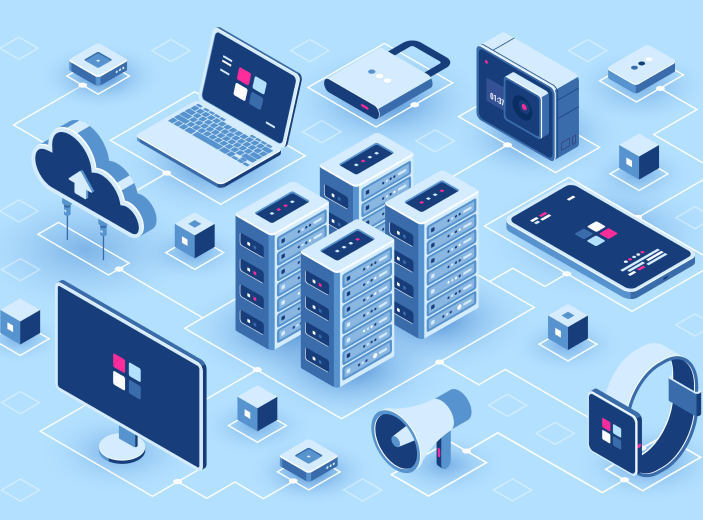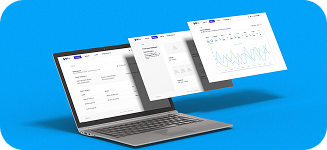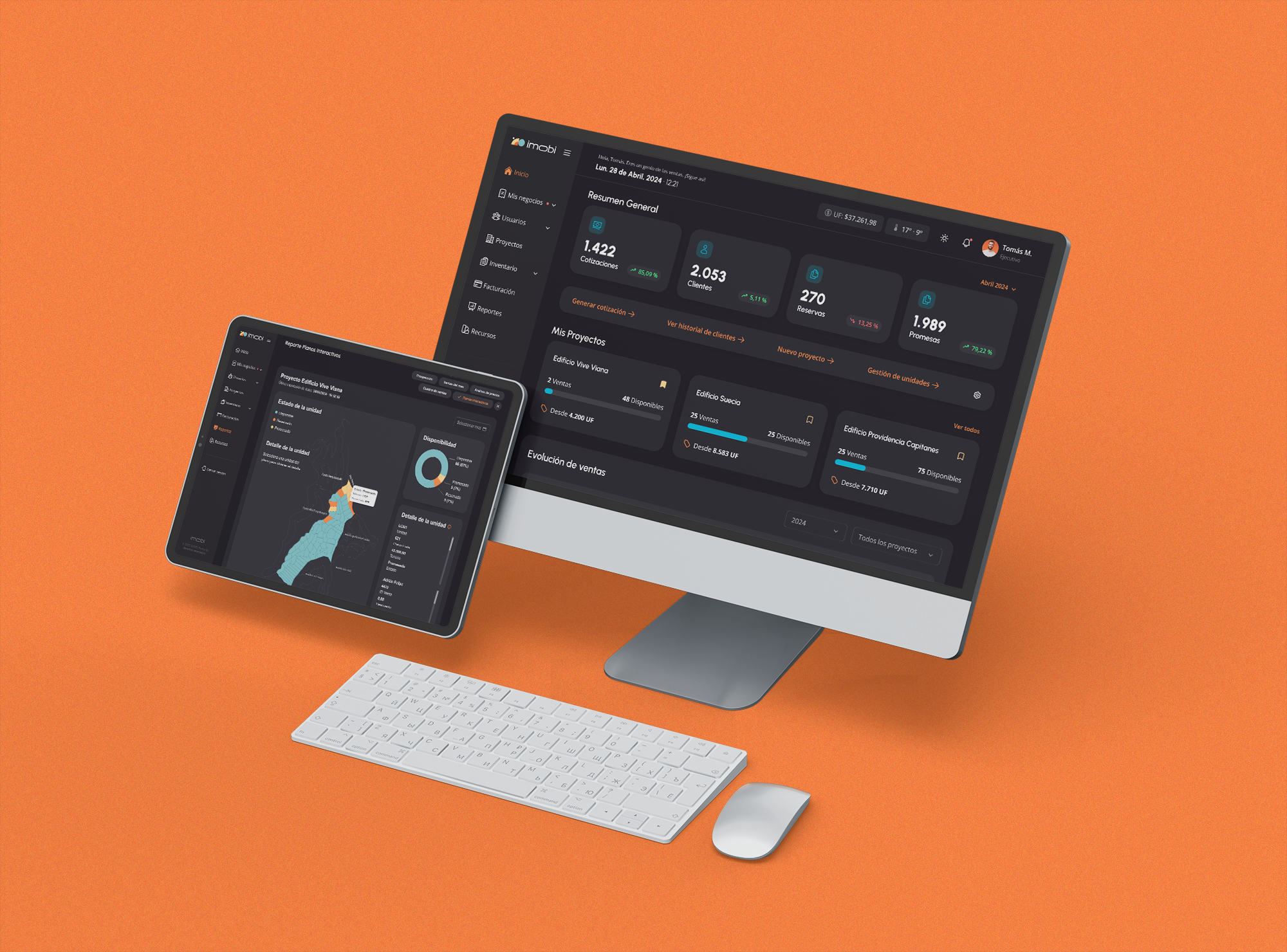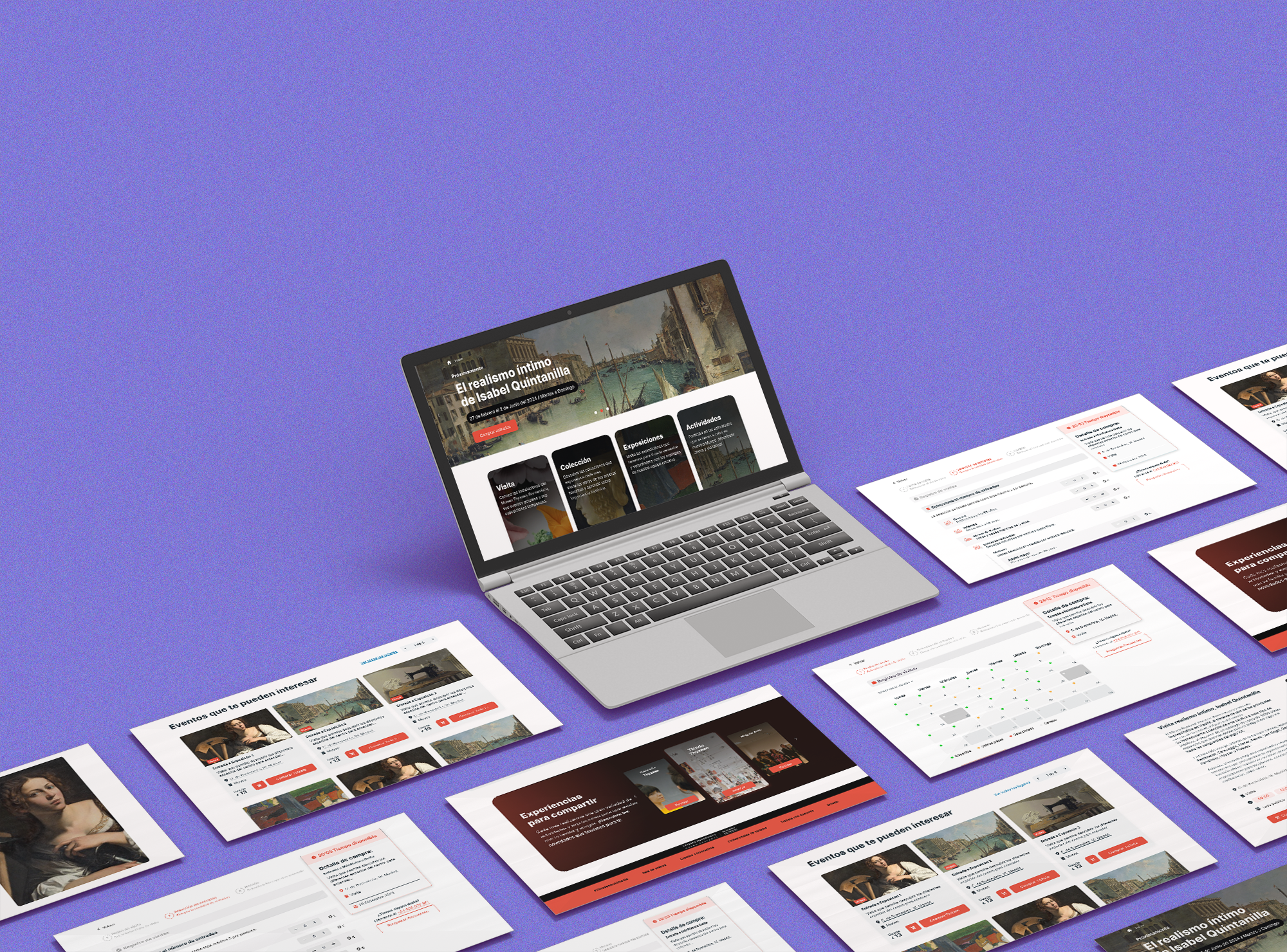Share this article
To ensure that developers are productive, investing in improving their work experience and measuring their value appropriately is key.
58% of organizations believe that developer experience is key to improving productivity and software quality. However, many organizations struggle to make improvements to the developer experience that have an impact on the business.

Investing in internal portals and simplifying workflows will allow teams to focus on innovation and creativity.
To improve software developer outcomes, including productivity, improve the developer experience and make sure you measure its value effectively.
What is DevEx?
Developer experience (DevEx) refers to all aspects of the interactions between developers and the tools, platforms, processes and people they work with to deliver software products and services.
Creating superior DevEx requires an environment in which developers can thrive and do their best work to achieve optimal productivity with minimal friction and maximum fluidity. Providing a high-quality developer experience has become a priority for software engineering leaders as they face pressure to improve the productivity of their teams and retain top talent.
According to a Gartner study, teams with a high-quality developer experience are 33% more likely to achieve their business outcome goals; 31% more likely to improve delivery flow; and 20% more likely to stay with their company.
Gartner predicts that by 2027, organizations that establish formal developer experience initiatives will be twice as likely to retain their developers over their current levels. But to achieve these results, software engineering leaders must monitor the quality of their developer experience and drive continuous improvement.
This study’s analysis argues that DevEx goes beyond developer tools and technologies and encompasses non-technological factors such as having dedicated time for creative and meaningful work, as well as more flexibility and autonomy to try new things without fear of failure.
But the tools used in day-to-day work certainly play a role in improving the quality of developer workflows: for example, onboarding platforms, internal self-service developer portals, environment management and collaboration tools.
To be successful, it is important to advance along three axes:
- Identify your teams’ pain points and determine the best way to fill the gaps in the desired experience. The idea is to uncover friction points and prioritize the elimination of those that pose the greatest constraint to the flow of value.
- Go beyond optimizing development workflows and provide focused time for deep, creative work along with the freedom to fail and experiment.
- Streamline software delivery workflows across multiple product teams with a DevEx-centric platform engineering practice.
Internal developer portals streamline the software delivery lifecycle.
Most organizations use a complex collection of platforms, tools and frameworks at different layers of the technology stack. This internal maze of technologies creates unnecessary overhead, duplicates efforts and hurts developer productivity. As a result, developers end up doing non-essential work to manage the overhead.
Productivity and developer happiness require removing obstacles, and tool complexity is one of them.
Internal developer portals provide an extensible, configurable and customizable framework that can be used to eliminate the complexity of design, development, implementation and post-implementation (operations) workflows.
Developer portals streamline the development, deployment and lifecycle management of software artifacts.
They integrate with software delivery platforms to enable continuous delivery and infrastructure automation tools to abstract from the complexity of the underlying infrastructure.
Integration with documentation tools, source code and artifact repositories enables organizations to adopt and extend innersource practices.















